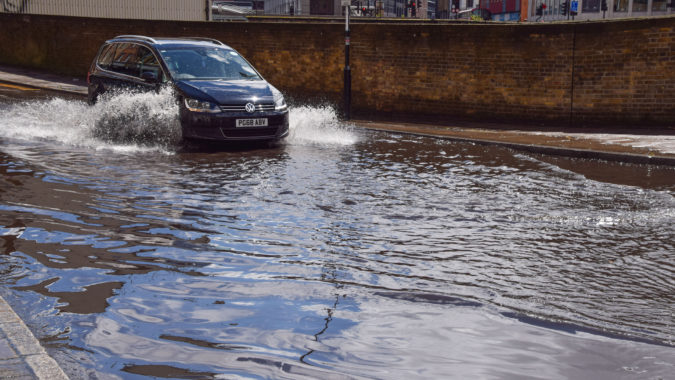Recently the Institute for Government published the final report of its year-long programme of work into infrastructure planning and policy, How to transform infrastructure decision making in the UK. It’s only 25 pages long (something the NIC could definitely learn from!) and worth a read, as are the IfG’s five previous reports on infrastructure, though that would admittedly be more of a time commitment.
The report says positive things about the NIC, which it recognises as an important institutional change in infrastructure decision-making, but also poses challenges for us. I don’t agree with all of these.
Taking legislation to set the NIC up as a statutory non-departmental public body (NDPB) in the current context would be hugely disruptive, for instance, as it would divert resources and attention towards getting a Bill through a heavily divided House and so would create uncertainty when stability is what is most needed.
In contrast, our Charter has safeguarded our independence while allowing us to get on with our work and prove our worth. Once the value of the NIC is firmly established, there may well be a case for legislation; but at this stage, our priority should be delivering high-quality reports and recommendations and making sure they have an impact.
But I wouldn’t argue for a second with the need for the NIC to engage more broadly and increase awareness of our work, which the IFG also highlights as a concern. We are continually looking for new ways to communicate and to reach beyond the conventional infrastructure sector: we have launched design and innovation competitions; we are recruiting a Young Professionals Panel to provide a fresh perspective; and we have used polling and focus groups to understand the wider public’s views. But none of these solves more than one corner of the jigsaw, and we will continue to push ourselves in this area.
That will certainly include our geographical reach – the IFG’s report focuses on the membership of the Commission itself, but that is only one aspect. The work that we intend to do with the new Metro Mayors, for example, should provide another way to increase our understanding of infrastructure priorities across the country.
The IfG report also makes several sensible recommendations to improve the technical aspects of infrastructure decision making, including on cost-benefit analysis, evaluation and private finance, as well as proposing a new body – a Commission for Public Engagement – to improve consultation and engagement on infrastructure projects, following the French model.
This latter idea merits serious consideration, but should, in my view, focus on the earliest phases of consultation, when the overall case for a project is in question, rather than on subsequent stages dealing with more detailed design. From my own experience working on HS2, that is when public confidence in the impartiality of the consultation process is most crucial, and yet hardest for the project promoter to achieve.
None of these recommendations will, of course, deliver the most important factor in any major infrastructure decision, which is political leadership. The decades-long stalemate around aviation expansion in the South East is not the result of imperfect cost-benefit analysis, but of the challenges of building and maintaining a consensus on such a contested issue.
A key aim of the NIC is to clear away some of the hurdles to such consensus, making it easier for political leaders to drive through the difficult decisions that are inevitably needed to make real progress on delivering the infrastructure the UK needs. The Institute for Government’s report provides some valuable pointers to help us in that work.




